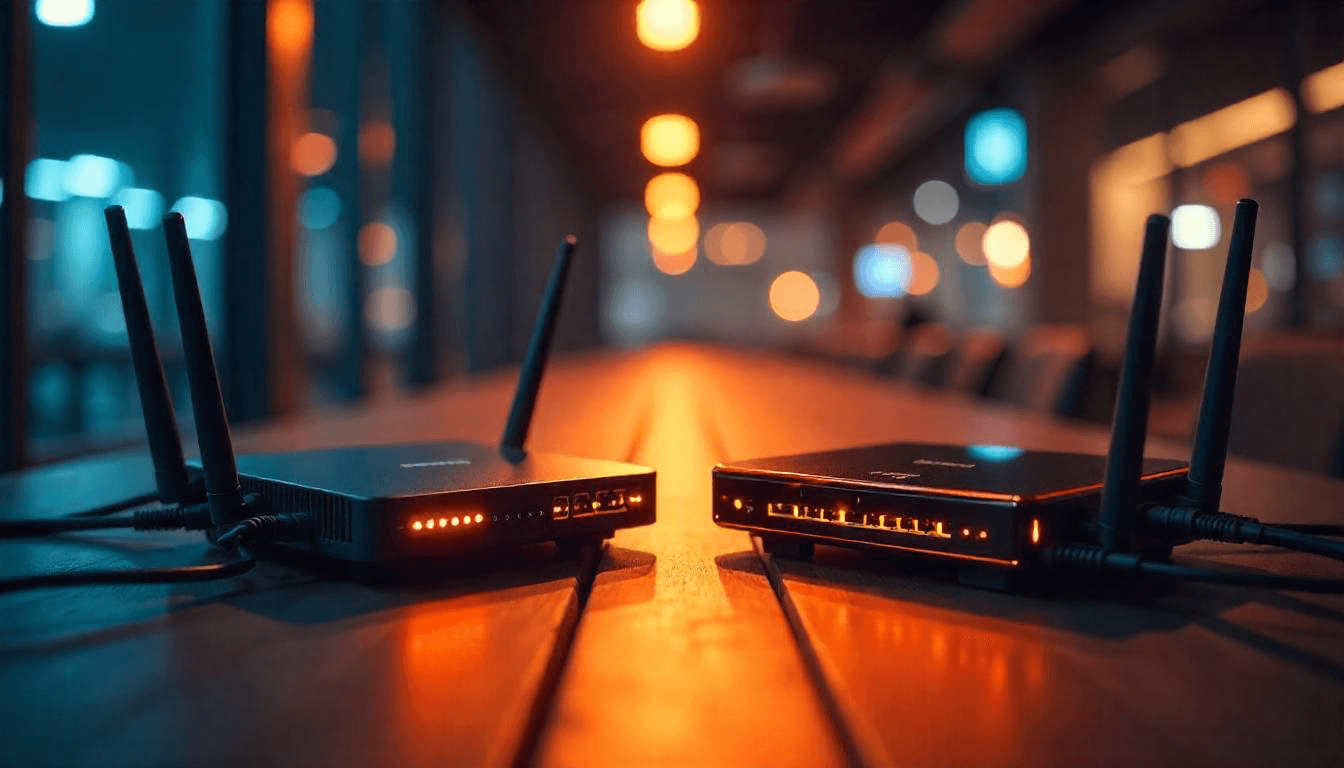Set up a powerful home lab for networking, virtualization, automation, and security testing!
Introduction: Why You Need a Home Lab in 2025
In today’s tech-heavy world, home labs aren’t just for IT pros anymore. Whether you’re a network engineer, cybersecurity enthusiast, or just someone who loves self-hosting, having your own lab environment lets you experiment, learn, and create—without limits. It’s the perfect way to test new technologies, sharpen your skills, and even run your own private cloud.
But how do you build a powerful, efficient, and future-proof home lab? In this guide, we’ll break it all down—from picking the right hardware to setting up networking, virtualization, storage, and security.
Step 1: Choosing the Right Hardware 🔧
Before building a home lab, you need to decide on the hardware. Your choice depends on your budget, needs, and power consumption concerns.
🔹 Entry-Level (For Beginners & Light Usage)
- Mini PC: Intel NUC, Raspberry Pi, or a small form-factor PC
- Specs: Minimum 8GB RAM, 250GB SSD, and an Intel/AMD processor
- Best For: Basic networking, Docker containers, self-hosted apps
🔹 Mid-Range (For Virtualization & Multiple Services)
- Used Enterprise Gear: Dell PowerEdge R710, HP ProLiant DL380
- Specs: 16-32GB RAM, Multiple SSDs/NVMe drives
- Best For: Virtual Machines (VMs), Kubernetes, homelab firewalls
🔹 High-End (For Professionals & Heavy Workloads)
- Custom Server: Xeon-based workstation or AMD EPYC server
- Specs: 64GB+ RAM, 1TB+ NVMe Storage, 10GbE networking
- Best For: Enterprise-grade labs, AI training, large-scale networking
Step 2: Setting Up Networking & Firewall 🌐
A good home lab network ensures security, scalability, and remote access.
🔹 Choosing a Router & Firewall
- Best Home Lab Routers: Ubiquiti Dream Machine, MikroTik, pfSense/OPNsense setups
- Firewall Software: pfSense, OPNsense, Sophos XG
- Tip: Always use VLANs to segment your lab network for security.
🔹 Switches & Access Points
- Managed Switch: Unifi Switch, TP-Link Omada, Aruba Instant On
- Wi-Fi 6/6E Access Points: Ubiquiti, TP-Link, or Cisco Meraki
- Best Practice: Use PoE switches to reduce cable clutter and power your access points efficiently.
Step 3: Choosing the Right Virtualization Platform 🖥️
To maximize efficiency, you’ll need virtualization software for running multiple OS environments.
🔹 Top Virtualization Solutions
- Proxmox VE – Free, powerful, and great for clustering
- VMware ESXi – Enterprise-grade but requires a license
- Hyper-V – Best for Windows environments
- XCP-ng – Open-source alternative to VMware
Best Practice: Run VMs for different purposes, like a Windows server, Linux server, or firewall appliance.
Step 4: Storage Solutions for Your Home Lab 💾
Storage is critical for VMs, backups, and self-hosted apps.
🔹 Best Home Lab NAS Options
- Synology DS923+ – Easy UI, supports RAID, and Docker
- TrueNAS Scale – Best for ZFS-based storage
- Unraid – Great for media storage and Docker
Best Practice: Use SSDs/NVMe drives for performance, and HDDs for bulk storage.
Step 5: Home Automation & Self-Hosting 🏠💡
A home lab isn’t just about servers and networking—it can also automate your home and self-host essential services.
🔹 Smart Home Integration
- Home Assistant: Open-source smart home hub
- Zigbee/Z-Wave: Automate devices like lights, sensors, and locks
🔹 Best Self-Hosted Apps
- Pi-hole – Network-wide ad blocker
- Nextcloud – Self-hosted cloud storage
- Uptime Kuma – Website & server monitoring
Step 6: Security & Remote Access 🔐
Security is crucial in any home lab setup.
🔹 Best Security Practices
- Use VLANs to segment network traffic
- Run a VPN (WireGuard/OpenVPN) for secure remote access
- Set up a firewall with strict rules to block unwanted traffic
Final Thoughts: Why a Home Lab is a Game-Changer 🎯
Setting up a home lab in 2025 is an exciting journey that offers learning, automation, and self-hosting possibilities. Whether you want to build your IT skills, run a private cloud, or automate your home, properly configured home lab will help you achieve it all.
🚀 What are you planning to run in your home lab? Drop a comment below!
💡 Want More Tech & Networking Guides?
🔔 Subscribe for future updates! 🚀
Explore HrWason’s blog for expert advice on web development, SEO strategies, digital marketing trends, and the latest in technology, networking, and custom gaming PCs. Stay ahead with tips for building impactful websites and enhancing your online presence.
Designed and Developed by HrWason




2 thoughts on “How to Build the Ultimate Home Lab in 2025 🏠💻”